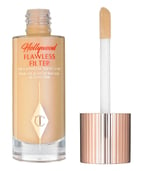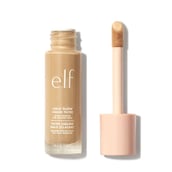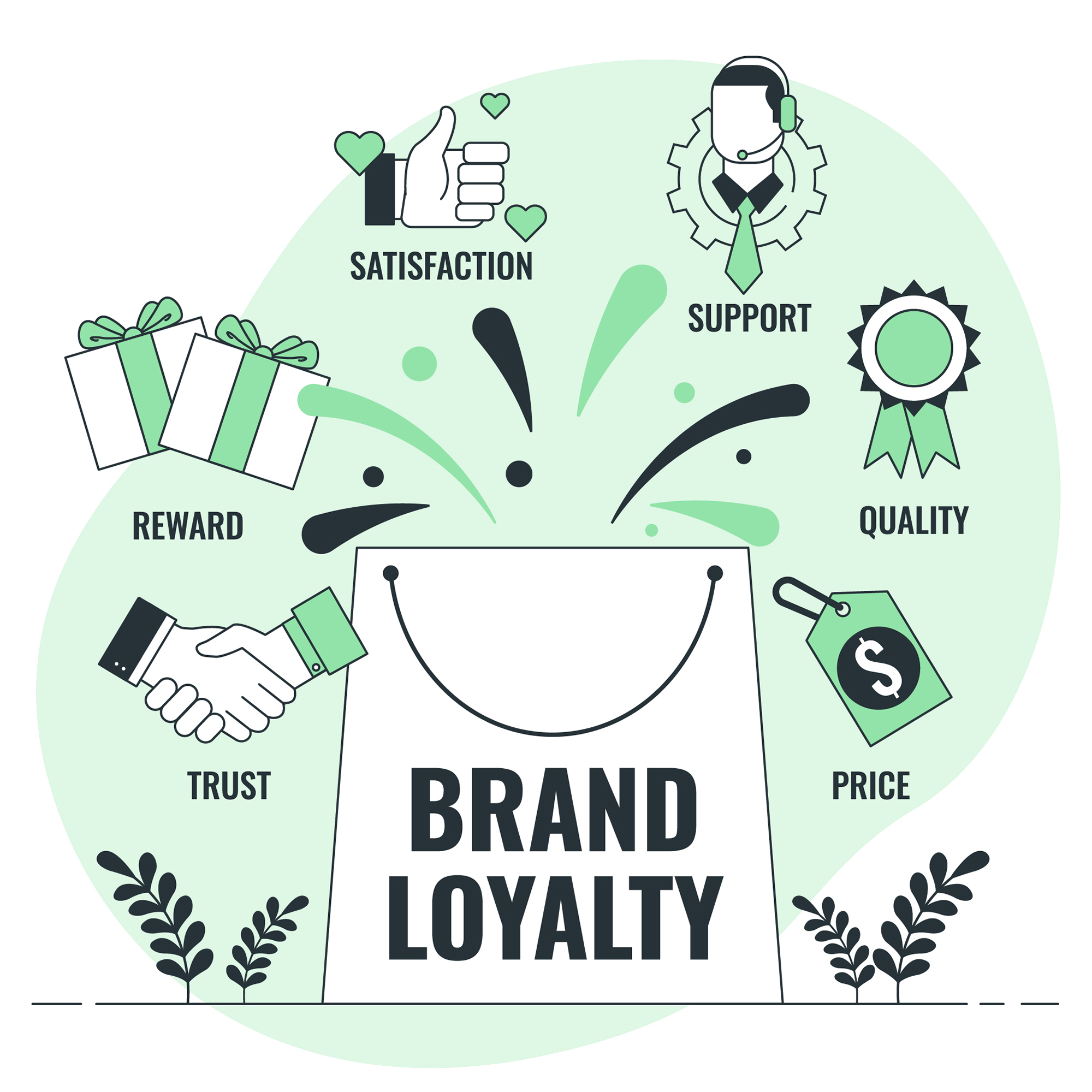1. Maintaining Prices
Maintaining prices is vital for consumer loyalty. Going too far in either direction, discounting or increasing, can tarnish the brand and decrease customer loyalty. “Do not focus on deals: deals destroy brand loyalty. Deals increase price elasticity” (Branding Strategy Insider). Too many deals can overwhelm consumers and cheapen a brand. It is always good to occasionally run promotions, but too many can create confusion.
On the contrary, we have seen some companies in the last year create more affordable “dupes” of popular pricey items. As it is slowly surfacing, consumers are no longer seeing the value in paying higher prices for products that have adequate competitors. This automatically lends advantage to companies that may have a similar product at a fair price point. Understanding your competitors and inventory can ultimately help your brand stand out during adversities.
An example to look at is Charlotte Tilbury and E.L.F., two very well-known brands in the beauty industry. Charlotte Tilbury veers toward a luxury price point, whereas E.L.F. is a more affordable brand. When comparing Charlotte Tilbury Flawless Filter Foundation ($46) and E.L.F Halo Glow Foundation ($14), many individuals are reaching for the more economical product. In this case, it would benefit E.L.F to use a “conquesting” targeting strategy to maximize their results and really shine.


2. Strengthening Brand Values
Value is in the eye of the consumer, and one way to show value is through strong principles. Consumers determine whether your brand’s offerings are worth it, therefore representing your brand’s value. While marketers set the actual price, there are other factors that consumers look at when making purchases. We have seen more and more consumers become socially conscious in recent years. As consumers typically resonate with brands that share similar values as themselves, it’s important to continue to convey positive messaging to increase long-term value and relationships.
There have been many examples of brands focusing on their values to increase loyalty. One recent example is Patagonia's founder, Yvon Chouinard, donating the company in order to fight climate change. Yvon decided it would be best to create the Patagonia Purpose Trust where a nonprofit is able to use Patagonia’s profits to protect the planet. This decision strengthened customer loyalty immediately and really set Patagonia apart from competitors.
"Despite its immensity, the Earth's resources are not infinite, and it's clear we've exceeded its limits. But it's also resilient. We can save our planet if we commit to it." - Patagonia's founder, Yvon Chouinard
3. Prepare To Pivot Quickly
The constant state of change can drive marketers back to the drawing board to revamp their overall plan of action, but it is best to remember to return to the basics. A conscientiously crafted strategy can help the trust and loyalty of your consumers. While refining your plan of action, be sure to work efficiently by broadening your audiences, preparing to optimize in real-time, and identifying opportunities to connect with your customers on a deeper level.
It’s important to sustain your marketing efforts, even if that means shifting focus to other factors to carry on your brand’s success. Although one might feel the urge to pull back advertising during economic uncertainty, it is not suggested in order to stay competitive. It is beneficial to view the challenges as an opportunity for less competition, and in turn, this can lead to an increase in new and loyal customers.


